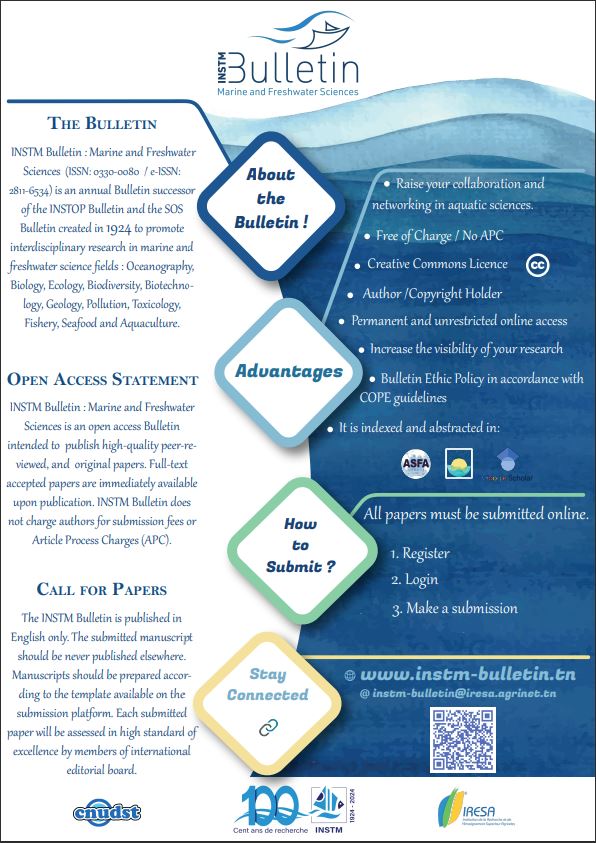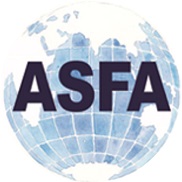Capacité des moules dans la réduction des teneurs en nutriments et la charge bactérienne dans les effluents piscicoles
Keywords:
Bacteria, Chlorophylls, Biological settlement, Aquaculture effluents, Biofilters, Environmental impact, Phosphorus, Suspended particulate matter, Effluents, Water quality, Wastewater treatment, Filtration, Environmental effects, Culture effects, Marine molluscs, Turbidity, Nitrogen, Chlorophyll A, Mussels, Density, Water Quality, Wastewater Disposal, Fish, Nutrients, Dicentrarchus labrax, Mytilus galloprovincialis, MED, Tunisia, Tunis BayAbstract
Fish effluent water contains elevated concentrations of dissolved nutrients and suspended particulates than the influent water. Consequently, there are concerns about adverse environmental impacts on coastal waters due to eutrophication and increased turbidity. One potential method of improving effluent water quality, prior to discharge or recirculation is to use bivalves to filter the effluent. This study examines the effects of the mussel Mytilus galloprovincialis filtration on water quality of fish effluent. Effluent from a sea bass race way was pumped directly into tanks (30 L) stocked with different densities of mussels. Three densities of mussels (24, 16 and 8 live mussels per tank) were used to test their effects on water quality. The concentrations of total suspended solids, total nitrogen, total phosphorus, chlorophyll a and number of bacteria in effluent water were determined before and after filtration by mussels. The mussels significantly reduced the concentration of all the parameters examined, with the highest mussel density having the greatest effect. Filtration by the high density of mussels reduced the effluent suspended solids to 43% of the initial level, the bacterial numbers to 67% and total nitrogen to 85% and total phosphorus to 71%. Settlement and mussels filtration reduced the chlorophyll a concentration to7% of the initial effluent value









